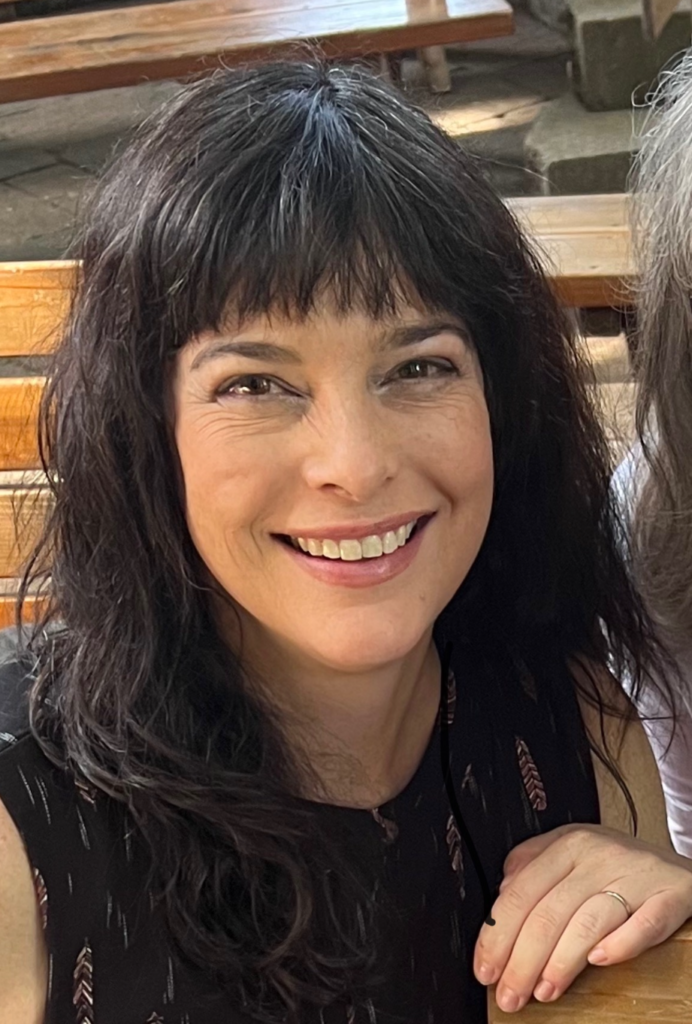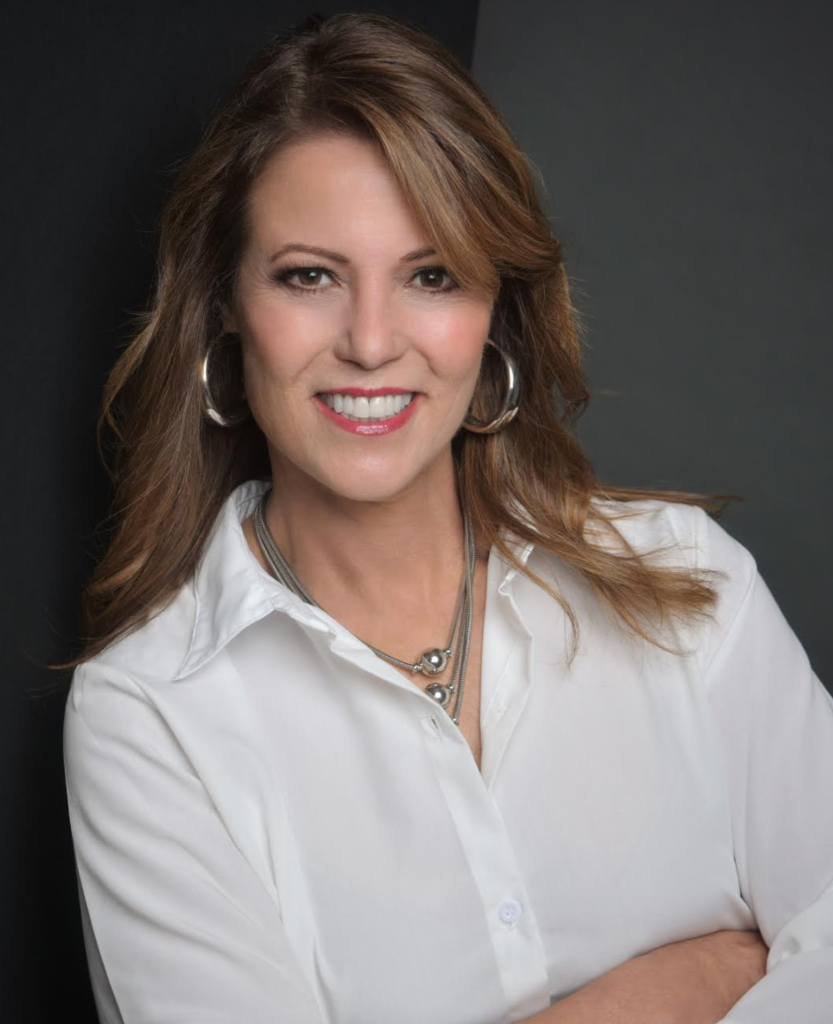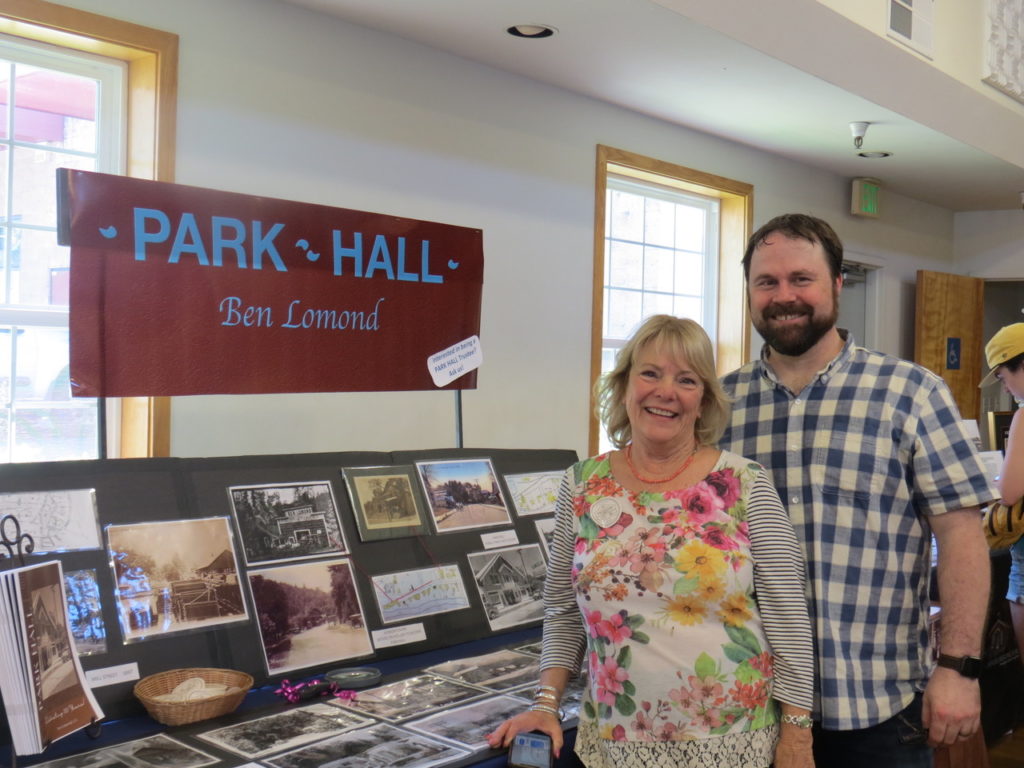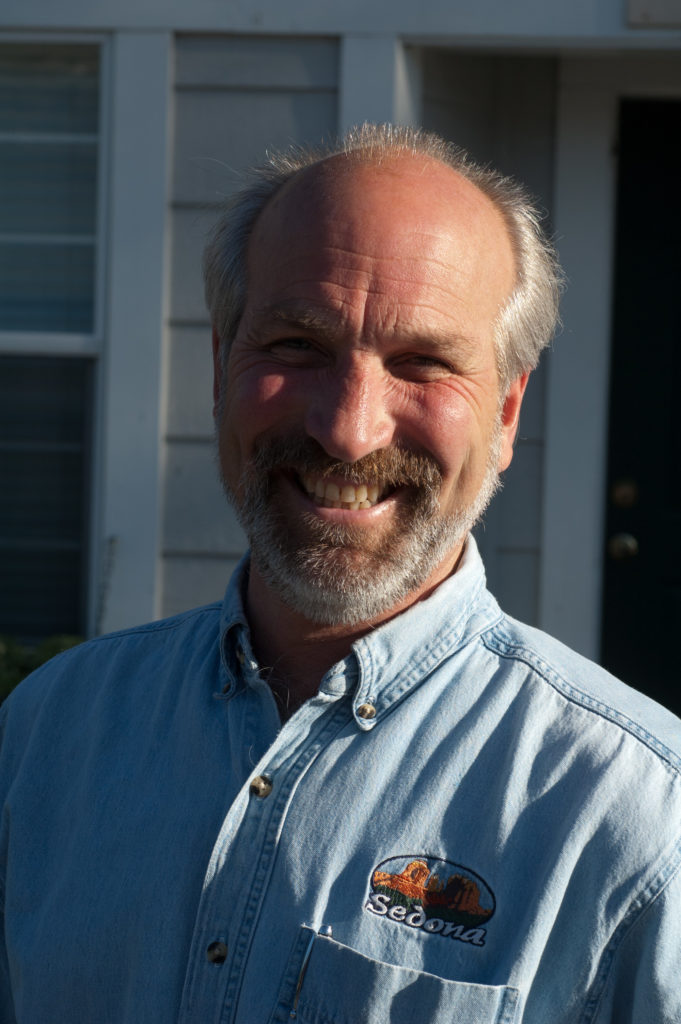written and researched by Ronnie Trubek
When Ben Lomond came into prominence at the turn of the 20th century, Mr. Wm Elsom established a livery stable and a new barn at the West end of Mill Street, near where it joined with the county road. Mr. Elsom prospered exceedingly in his business of carrying visitors to the state’s first park, the newly opened, California Redwood Park. Mr Elsoms’ teams carried into the park more visitors than arrived from all other sources combined.
Elsom’s Ben Lomond Livery Stable and barn was sold to I. B. Hobson Sr with his son Frank in 1908. Mr. Hobson had a crowd for Big Basin every day and often held lively dances in the loft where everyone enjoyed the music dispensed by a phonograph.
In 1910 the newly formed Ben Lomond Improvement Society, headed by educator Elisha Brooks, desired a park along the bank of the river on the South side of Mill Street. At the time, the river was inaccessible from above Brookdale to Highlands, as all of the river front lots had been sold off and no one could get to the river without being greeted by “Keep Off” or “Private Grounds” signs.
President Brooks brought before the Club the project of moving the business houses from the river side of Mill Street to the opposite side and making a park and pleasure grounds along the banks of the river, a great drawing card for the town.
The idea quickly gathered stream. The movement was promoted by I. B. Hobson and Elisha Brooks, and was encouraged by the businessmen and property owners, including those who lived out of the area and had summer cottages here. Nine business houses, inclusive of saloons and the post office, were to be moved. Among the improvements will be a pretty rustic clubhouse, a handsome four-room library, with a dining room and a room for public entertainment, a tennis court and a boating pond, all on grounds that have been donated by Mr. Hobson.
The Ben Lomond Library Park was unquestionably the biggest thing that would ever happen to the town!
In those early years, the river side of Mill Street was lined with a livery stable, barn, laundry, store, saloon, grocery store, blacksmith shop, notion store, post office-insurance-real estate combination and barber shop, many with attached dwellings. The sawmill operated by the Ben Lomond Land and Lumber Co. had long since closed on the site now occupied by North Glass and it was from this mill that the street derived its name.
To free the riverside parcel for a park, the buildings occupying the land had to be moved. All the property owners, with two exceptions, have agreed to deed their lands on the South side of Mill Steet to a board of trustees to be appointed by the county Supervisors for a library and grounds forever and to take in return, frontage on the North side of the street. Frederick A. Cody very generously donated about 160 feet of his choice property on the North side of Mill Street to be given to those moving over. I.B. Hobson, among others, were assigned lots. Deeds were drawn and the Park Committee was authorized to advertise for bids for moving the buildings over from the south side of Mill street to the new property on the north.
Early adopter Hobson had his barn put on rollers in April 1911 and moved it from its old location near the county road to its new home on Mill Street, adjacent to the Ben Lomond Mercantile (aka Pioneer Mercantile company store). Carpenters were immediately put to work adding a new front and rear to it.
The new hall, owned by Hobson and son, was nearing completion, and already added much to the attractiveness of Mill Street, the thoroughfare having been much improved in appearance since the organization of the Improvement Club
The hall, which had been christened “Park Hall”, had a very pretty front, resembling the buildings in Switzerland. The front was finished in plaster with “pebble dash” and the name “Park Hall” outlined in large colored pebbles.
It was an immense affair, with a great stage in the rear, in proportion to the big auditorium. A splendid eastern maple floor was layed and the building was complete in every part for the purpose which it was designed. The entrance hall was 10 x 14 feet and finished in oak grain, the work of Cecil Barr, who was quite an artist in his line. On either side of the entrance hall are offices, 14 x 14 feet, and were initially used as a photograph gallery and a butcher shop. The main hall was 40 x 80 feet and had a good maple floor for dancing, entertainments, etc. On each side of the main hall was a narrow, raised platform for those who did not care to dance.
A large space, 26 x 40 feet was converted into a stage and dining room, which will be separated by folding doors. When used as a dining room, the doors were thrown open, giving plenty of room for the serving of suppers in the same building. Everything was modern and up-to-date and no pains were spared to make it an ideal pleasure hall where motion pictures were shown, dances were held and other forms of entertainment were given. Hobson and his son moved their butcher shop into their new Park Hall building.
The April 1912 grand opening was crowded; community members from throughout the Valley were invited by Hobson and son to a free all-night dance. Other dances were held throughout the year, and Hobson had a merry little twinkle in his eye when placing the ad for a certain dance in the paper, stating that ragging was allowed according the Sunday school regulations. A graduation ceremony for the students from Ben Lomond’s two room schoolhouse was held. Politicians spoke with voters and amateur minstrels gave performances with all night dances after the show.
Ultimately, Park Hall proved a losing venture to Hobson, who with his family moved to the San Joaquin valley. The new proprietor, Mr. Chris Hansen did not stay long and exchanged the hall with other properties to a Mr. Morse of Oakland. After the succession of owners, the hall was taken over W.P. Netherton of the Rio-Grande Land and Stock company and founder of the Peoples Bank in Santa Cruz, possibly as a Deed in Lieu of foreclosure.
About 1919, it became apparent that the owners of the town hall were planning on razing the building because it was an unprofitable piece of property. A move was started by the people of the town to purchase the building and have it retained as the property of the town. A deal was made and a sufficient sum was raised by subscription to make the first payment. Everyone who could spare a dollar helped by contributing. Every one of the town’s regular summer visitors was a liberal contributor as well, although it seemed like a considerable investment for a community of so few inhabitants. The hall was acquired by and for the people of Ben Lomond sometime in 1920.
The November 1921 minutes of the recently elected Board of Trustees reflect that hall needed a new roof for the cost of $500 and the funds in the hall treasury was some $400. It appeared to the Board that it would be advisable to first finish the payments on the hall and have the deed secured. “However, upon this showing, Mr Brooks stated that he would personally stand responsible for any money lacking to finish the payments on the hall and for the roofing material until such time as the money could be raised” And so it came to pass that a subscription financial statement was provided, the deed was to be made and the roofing material was ordered at once.
A player piano was soon purchased for the cost of $75 down and $15 a month. One trustee advanced the downpayment, interest free for one year, provided that the other Trustees present guarantee the loan. This was agreed to and the piano was purchased.
The hall was supported by being let for various movies and weekly dances, rent from the Boys Club meetings and the rent on the two offices along the street.
Professor Elisha Brooks, President of the town hall trustees, reported that the transfer of the hall to the people had been made and the deed recorded in 1923. A vote of thanks was given for his every ready willingness to help the town in its forward movement. The deed created a public trust by stating that the building was owned by all residents living with 1.5 miles of the hall.
That year also 1923 saw the hall rented by the first Ben Lomond Volunteer fire department by the year. By holding annual Halloween, anniversary and other dances, entertainments and movies, they contributed to gradually reducing the balance due until the last installment owing Brooks was paid in 1924.
Permission was granted in 1925 for the fire department to add on to their hose cart storage building located on the East side of the hall for the purpose of the building a room for a meeting place. The building housed their equipment until 1927 when a new, modern fire house was bult across the street between the library and the Wagon Wheel Inn. In 1940 the newly formed Ben Lomond Fire District moved to its present highway location. The hose cart storage building and meeting room was converted to restroom and a storage room for Park Hall but the original doors are still visible.
Over the years ballroom dancers have graced the floors of Park Hall, voters cast their ballots there since Teddy Roosevelt was President. In the past, San Lorenzo Valley Recreation District occupied the building who used the building for activities ranging from adult fitness classes to pre-school tumbling. Scout meetings, Ben Lomond Volunteer Fireman’s annual Christmas party for kids, and an famous Halloween masquerade ball filled the hall for 75 years. Bear Republic Theater and Redwood Community Theater throd the stage and for the past 40 years Mountain Community Theater has partnered with the hall to become the performing art center of the Valley. Park Hall is also home to Little Peoples Repertory for over 3 decades.
A board of 7 Trustees, elected at a town meeting, operate the facility today. Park Hall is available for rent at a nominal cost to local citizenry. It is often used for private parties, wedding receptions, concerts , exercise classes, lectures, rehearsals, private films, dances and antique sales.





